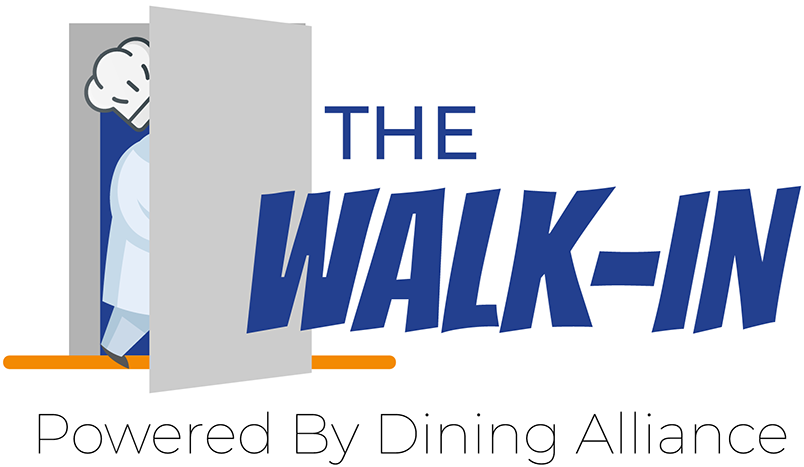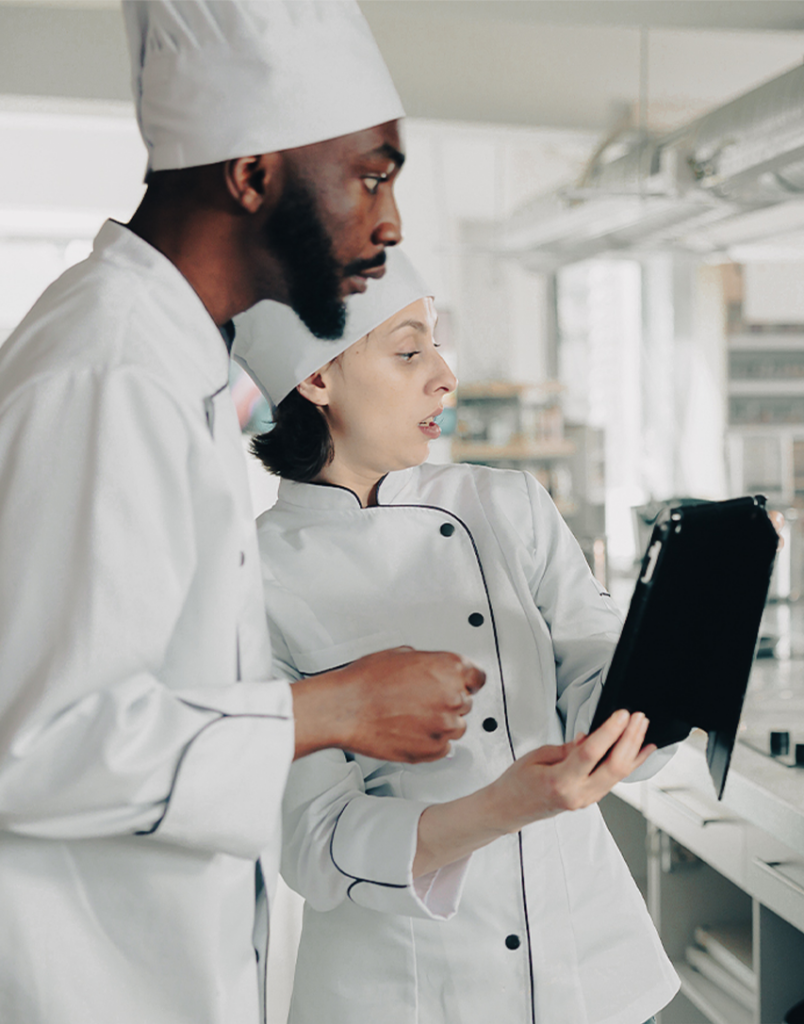Every part of your business has hidden costs, including the process of paying your invoices. Have you ever thought about how much your restaurant is handing over just to pay the bills?
When you pay an invoice, you are also paying your staff for the time it takes to collect invoices, input them into spreadsheets and mail out paper checks.
Over the course of a year, these costs add up to some serious cash!
To help you get a grip on these hidden invoice costs, we are going to walk you through the process of calculating your business’s AP cost per invoice to help you better understand the actual cost of paying invoices and where you might be able to save in the future.
How do I calculate the cost of an invoice?
The cost per invoice is the total expense incurred by your Accounts Payable department to process a single invoice.
To determine how much an invoice costs you to process, simply take the total number of invoices paid for a given time period and divide by all the costs incurred to pay them for that same time period. The result is your AP cost per invoice, which will give you a measure of your business’s AP efficiency. A high cost per invoice could demonstrate inefficiencies in your Accounts Payable department
What costs are included in my calculation?
Here are direct and indirect costs to consider:
Labor Costs
Accounts Payable is a manual task that traditionally requires manual labor and not just involving one person. Typically you have an employee who is receiving the invoice, one who approves the invoice and an employee who actually pays the invoice.
During each stage every employee who touches the invoice is devoting precious time and attention and sometimes doing work already done by the person before them.
Once you’ve identified the employees involved in the invoice paying process, it’s time to calculate an hourly rate. Take average monthly salary and divide by 160. You can either take the average salary across these three employees if they are close in pay, or calculate the hourly rate per AP employee if their salaries vary.
Lastly, you’ll need to identify how much time each AP employee spends processing an invoice. This can be done by asking each employee to document how much time they are spending dealing with invoices.
Software Costs
Most restaurants require software to help with their accounts payable and managing invoices (think physical computers, IT infrastructure, etc.) These all have overhead costs relating to your Accounts Payable process whether they be monthly fee’s or even the time needed to train employees.
Physical Goods Costs
There are usually tangible goods involved in the accounts payable process that incur real costs. Think of things like paper checks, envelopes, stamps and printers. These are all sunk costs that go into each invoice that you pay.
Transaction Fees
If you aren’t paying invoices by physical check, you’re most likely paying by using an electronic method. These typically include ACH transfers, credit card payments and wire transfers. Though much easier than writing paper checks, all these forms of payment generally include a per-transaction fee. Over the course of a year these transaction fees add up and come directly out of your pocket!
What formula do I use to calculate the cost per invoice?
The formula to calculate your cost per invoice is as follows:
Total Accounts Payable Departments Expense for a given time period / Total Number of Invoices Processed for a given period= Cost Per Invoice
The first value- Total Accounts Payable Departments Expense- should include everything from labor costs, technology costs and all other overhead expenses for that time period. The second value should cover every invoice that was processed during that same time period.
Now that you know your cost per invoice, what can you do to reduce that cost?
Why should I automate my accounts payable?
Like other processes in your restaurant, automation could be an easy and effective way to lower costs.
The appeal of automating your Accounts Payable could save you time, giving you and your team the flexibility to focus on other initiatives.
Automating your Accounts Payable also reduces the chance of human error- especially if you are using paper invoices. You’re less likely to have data entry errors and will have better visibility and control over your cash flow.
Interested in learning more about automating your Accounts Payable with Bill Pay from Dining Alliance? Become a member for free today!








